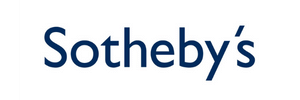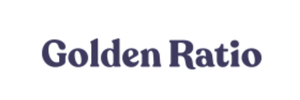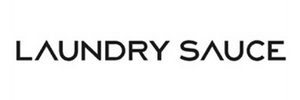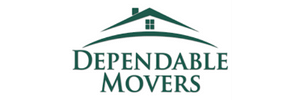When Should You Make a Phone Call?
Taking the time to follow up is an indisputably important part of promoting client interaction. With that being said, people are busy, and the game of phone tag that often ensues is not a particularly effective or pleasant experience. Being deliberate about the timing, content, and purpose of your future phone calls can help you maximize your time as well as your clients’
.jpeg)
Taking the time to follow up is an indisputably important part of promoting client interaction. With that being said, people are busy, and the game of phone tag that often ensues is not a particularly effective or pleasant experience. Being deliberate about the timing, content, and purpose of your future phone calls can help you maximize your time as well as your clients’.
SCHEDULE AHEAD

In order to avoid the unfavorable game of missing calls and leaving never-to-be-returned voicemails, communicate with your clients about what time works best for them. Scheduling ahead ensures that you and your client will actually get the chance to speak to each other. In many cases, making a call once every quarter is sufficient, as you don’t want to inundate people with redundant, fruitless messages. The frequency, however, will inevitably vary depending on the industry of your profession. Timewise, between 4:00 and 5:00 p.m. has proved to be the optimal time to call, with 11:30 a.m. to 12:30 p.m. taking a close second.
ASK AND YOU SHALL RECEIVE

Opting to make a phone call in lieu of sending an email or a text not only conveys devotion and commitment to your customers, but also this choice can help you most efficiently gain the necessary knowledge you are seeking. Things very often get lost in translation, but with verbal communication, this is less likely to occur. If the main premise for your call is to inquire about or request something from your customers, hearing their voices in real-time is helpful. Assessing clients’ tone and perceptions of your inquiries is an added and ever-important bonus of conversing via telephone. Furthermore, you are more likely to get the answers you desire — in terms of quality — when using this method of communication. With email, that personal touch is lacking in clients’ responses, making the whole process less enjoyable for both parties. Calling, on the contrary, allows for a friendly exchange between two human beings, not between two screens/keyboards.
FOLLOWING UP ON THE FOLLOW-UP
Oftentimes your phone call is made in an effort to follow up with a client on a meeting, deal, or some other matter. Whether it is a follow-up or some sort of initial conversation, following up with an email recap can be helpful, as well as appreciated. While calls do make for enjoyable and efficient communication, their lack of physicality might result in the tendency to forget small details spoken of while on the phone. Either taking notes during the call or shooting the client a brief note directly afterward can combat this issue. If you choose to do the latter, IgnitePOST offers a simple platform for sending personable notes and cards that are bound to leave lasting impressions. Utilizing this service on an ongoing basis can help ease you into the routine of always following up with clients. As a general rule, when in doubt, follow up!
Read more insights
-min.png)
Get expert insights for real mail campaigns
Everything you need to launch, run and scale handwritten card mail campaigns. Subscribe today!
































Ready to create your first magic moment?🚀
Start using IgnitePOST today. It's free to signup!
No contracts, no commitment and unbelievable support.
.svg)







.png)